Normal probability distribution is a plot b/w x on x-axis and f(x) on y-axis. But when I plot this I am getting overlapping curves. I read different answers on this website related to normal distribution. They first plot histogram then plot(x,f). Is it compulsory to plot histogram first? Can I do that without histogram?
`mu, sigma = 0, 0.1
x = np.random.normal(mu, sigma, 200)
print(x)
f = 1/(sigma * np.sqrt(2 * np.pi)) *np.exp( - (x - mu)**2 / (2 * sigma**2) )
print(f)
plt.plot(x,f)`



